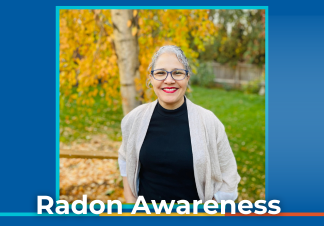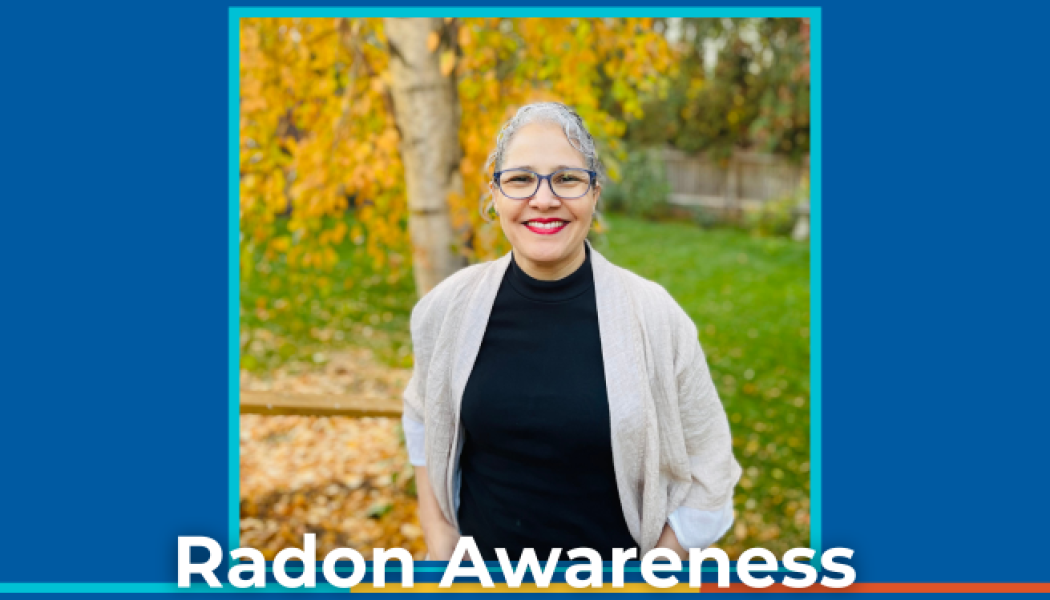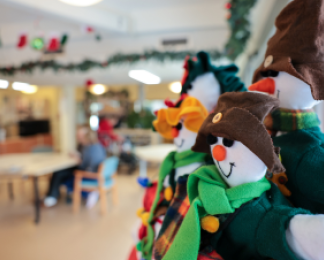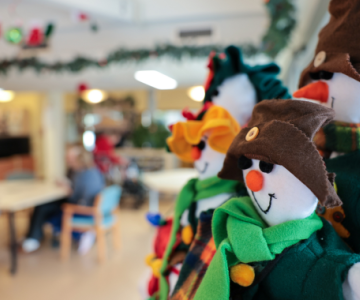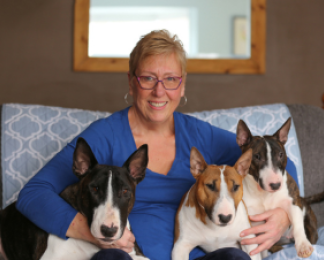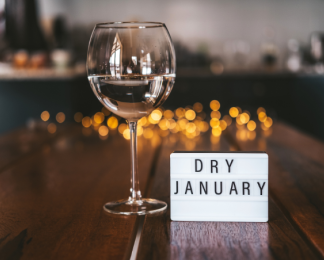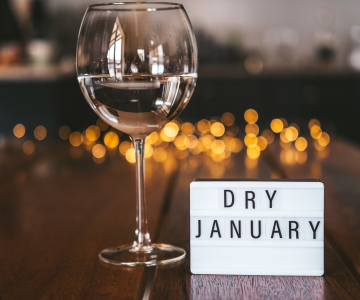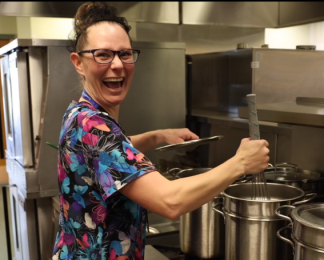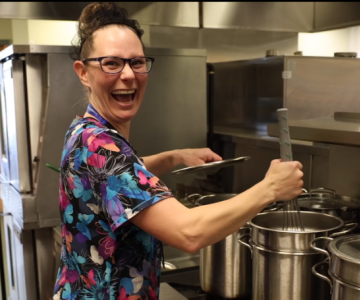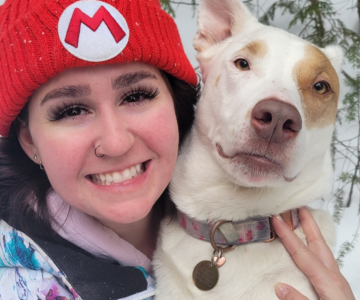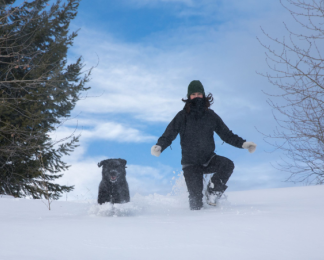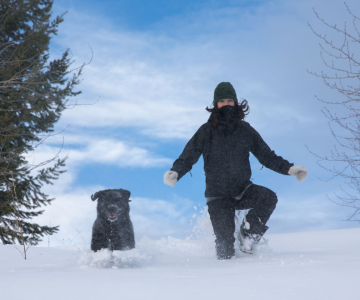You can’t see it, taste it or smell it, but radon gas is found everywhere in Canada. Caused by the natural breakdown of uranium in soil and rocks, radon dissipates outdoors but builds up indoors – in homes, workplaces, schools and leisure spaces.
Radon gas is radioactive, and is the second-leading cause of lung cancer after smoking. It’s also the most significant indoor air carcinogen for residents of homes in Canada. According to the BC Centre for Disease Control's radon map, an estimated 30 per cent of homes within the Interior Health region are above the Canadian guideline of 200 Becquerels/m3.
How do you know how much radon you have in your home? There’s only one way to find out: you have to test for it.
November is Radon Action Month in Canada. We want to introduce you to four people who are working hard to increase awareness of the risks of radon, and to promote testing, management and mitigation.
This week meet Nancy Mora Castro, regional air quality coordinator for the City of Kelowna. Since 2020, she has led radon action at the local government level, expanding radon awareness and testing across the Central Okanagan.
This month we also featured Greg Baytalan, specialist environmental health officer, and air quality and radon expert. We also introduced you to radon champions and medical health officers Drs. Silvina Mema and Fatemeh Sabet.
